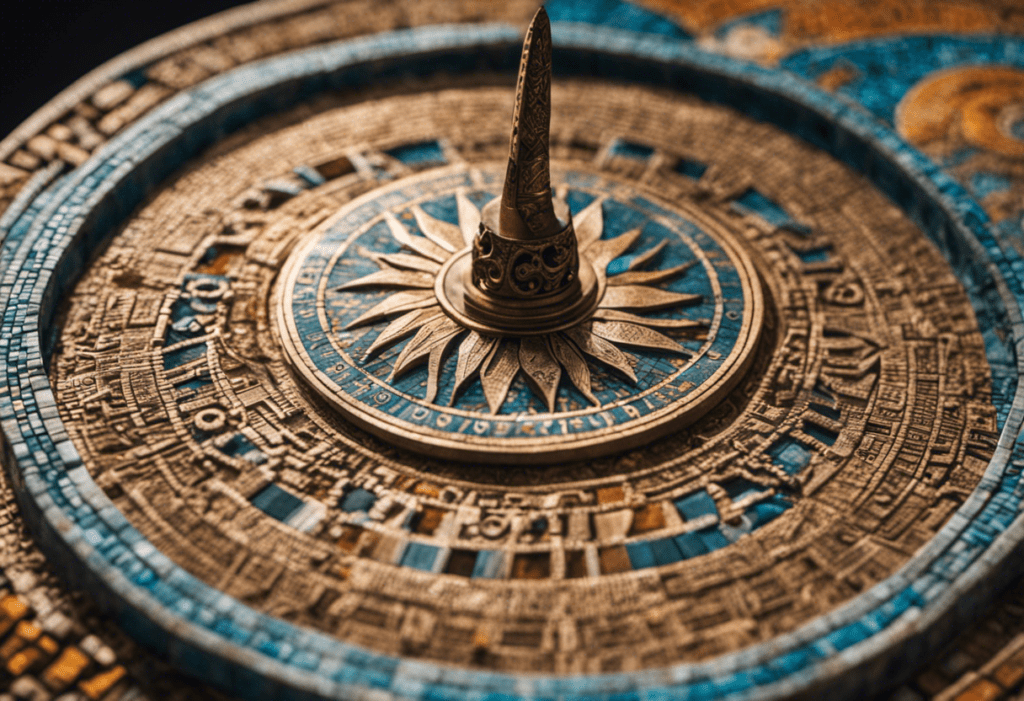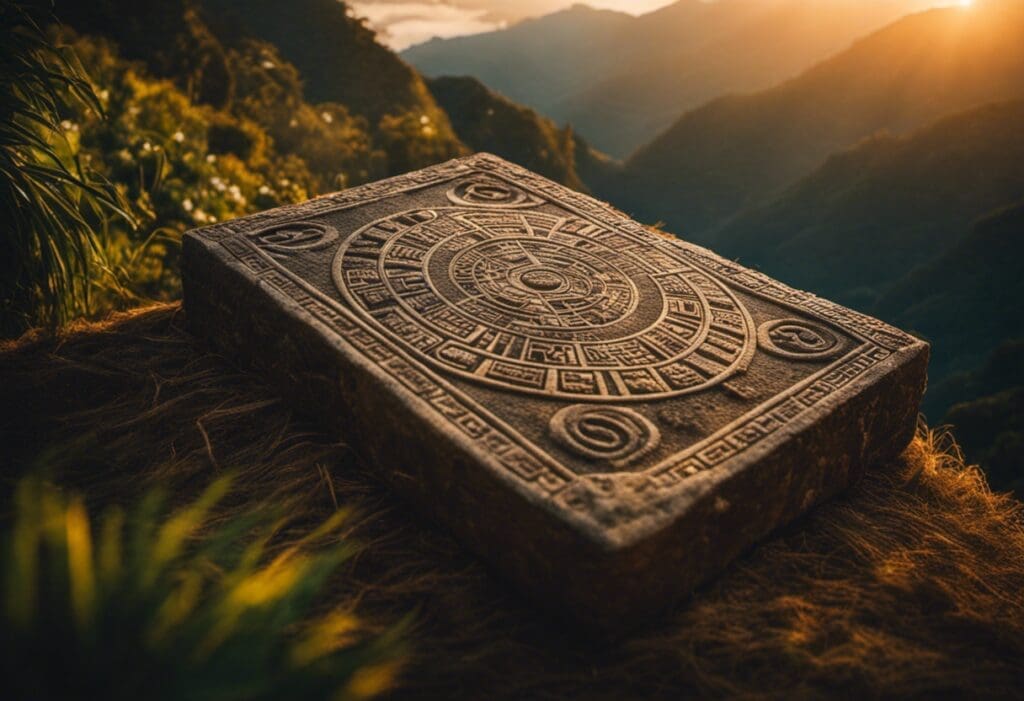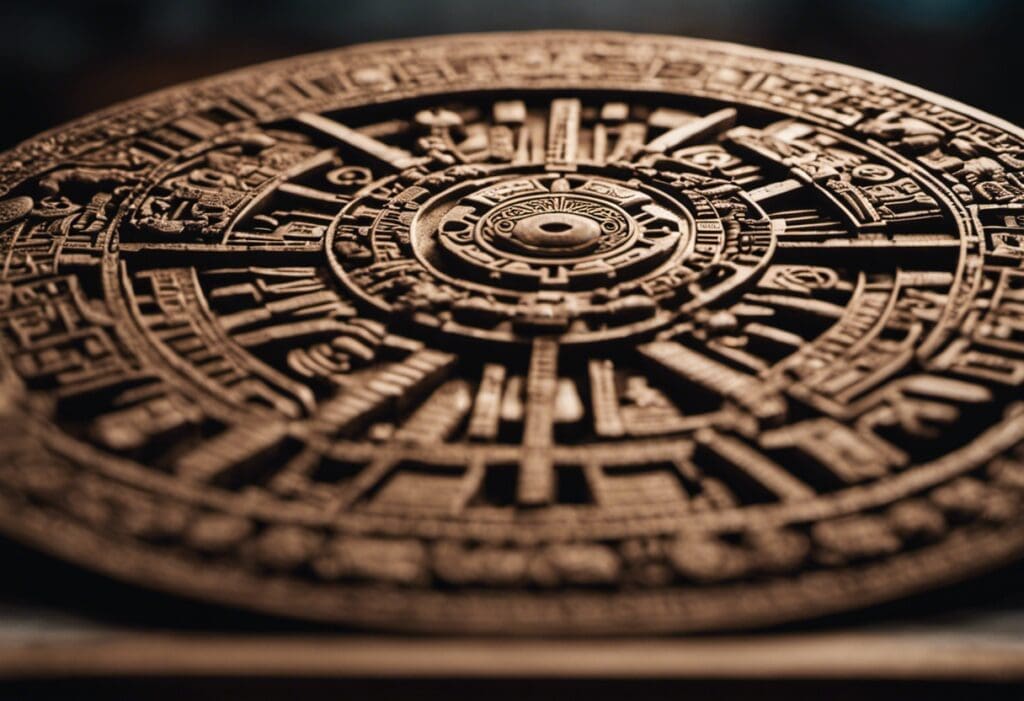Did you know that the Inca calendar was so precise that it only deviated from the solar year by a mere 12 seconds?
In this article, we delve into the intricate world of Inca timekeeping, exploring the fascinating interplay between astronomy, agricultural practices, and cultural rituals.
Through an analytical and research-based approach, we aim to provide a comprehensive understanding of the Inca calendar, shedding light on its significance in the daily lives of the ancient Inca civilization.
Key Takeaways
- The Inca calendar, known as the Tawantinsuyu calendar, was based on the movements of the Sun, Moon, and stars.
- The calendar consisted of twelve months, each corresponding to a different agricultural cycle, with thirty days divided into three ten-day weeks.
- The Inca calendar followed the solar cycle based on the Earth’s revolution around the Sun, as well as the lunar cycle based on the Moon’s phases.
- Astronomy played a crucial role in accurately tracking celestial events and aligning the Inca calendar, with celestial observations used to predict events such as eclipses.
The Inca Calendar: An Overview
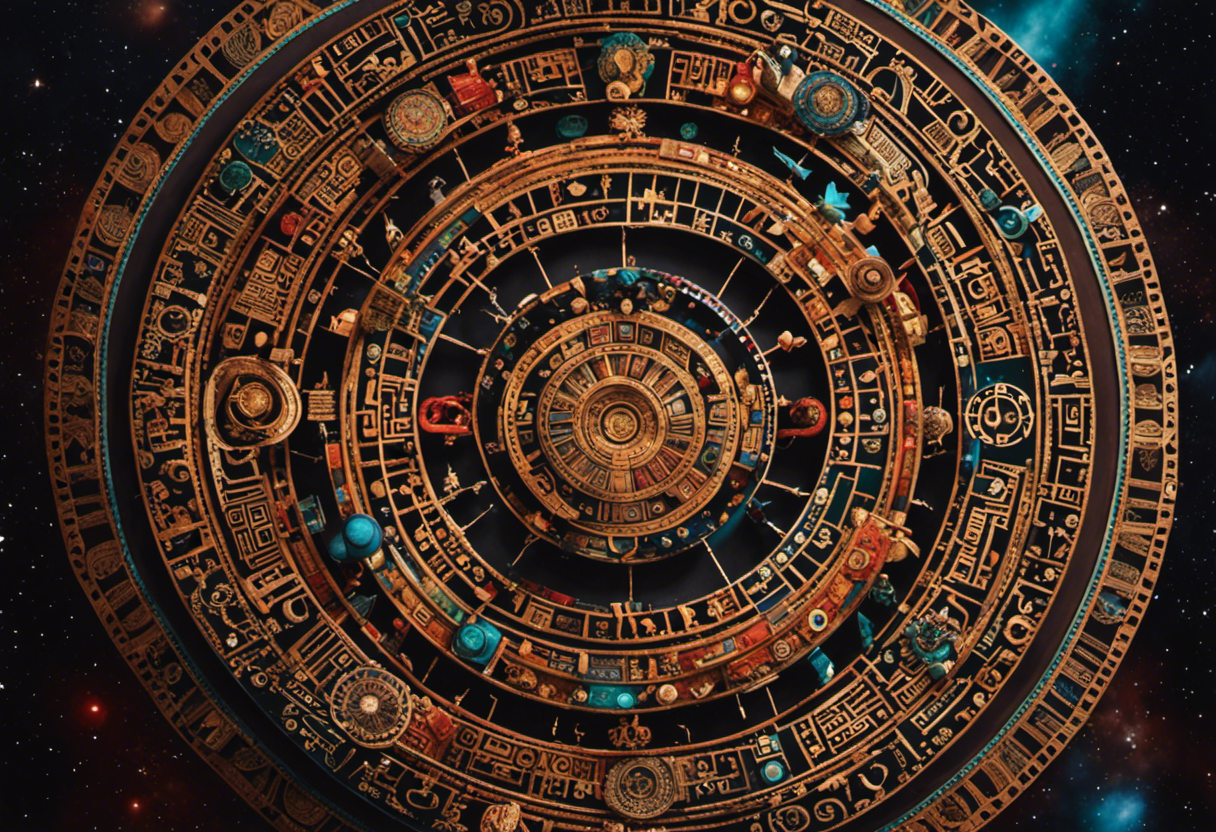

Providing a comprehensive look at the Inca calendar system, this overview delves into its unique features and functions. The Inca calendar, known as the Tawantinsuyu calendar, was a complex and sophisticated timekeeping system developed by the ancient Inca civilization.
The origins of the Inca calendar can be traced back to the earlier calendars of the pre-Inca cultures of the Andean region. However, the Inca made significant adaptations and improvements to create their own unique calendar.
The Inca calendar was primarily based on the movements of the Sun, Moon, and stars. It was a lunar-solar calendar that combined elements of both lunar and solar calendars. The calendar was divided into twelve months, each corresponding to a different agricultural cycle. Each month consisted of thirty days, divided into three ten-day weeks. Additionally, there were five extra days at the end of the year, known as the Inti Raymi, which were considered sacred and celebrated with special rituals.
One of the distinct features of the Inca calendar was its precise astronomical observations. The Inca priests and astronomers carefully observed the movement of celestial bodies to determine the exact timing of agricultural events and religious ceremonies. They used specially designed observatories, known as Intihuatana, to track the Sun’s movement and determine the solstices and equinoxes.
The Solar and Lunar Cycles in the Inca Calendar
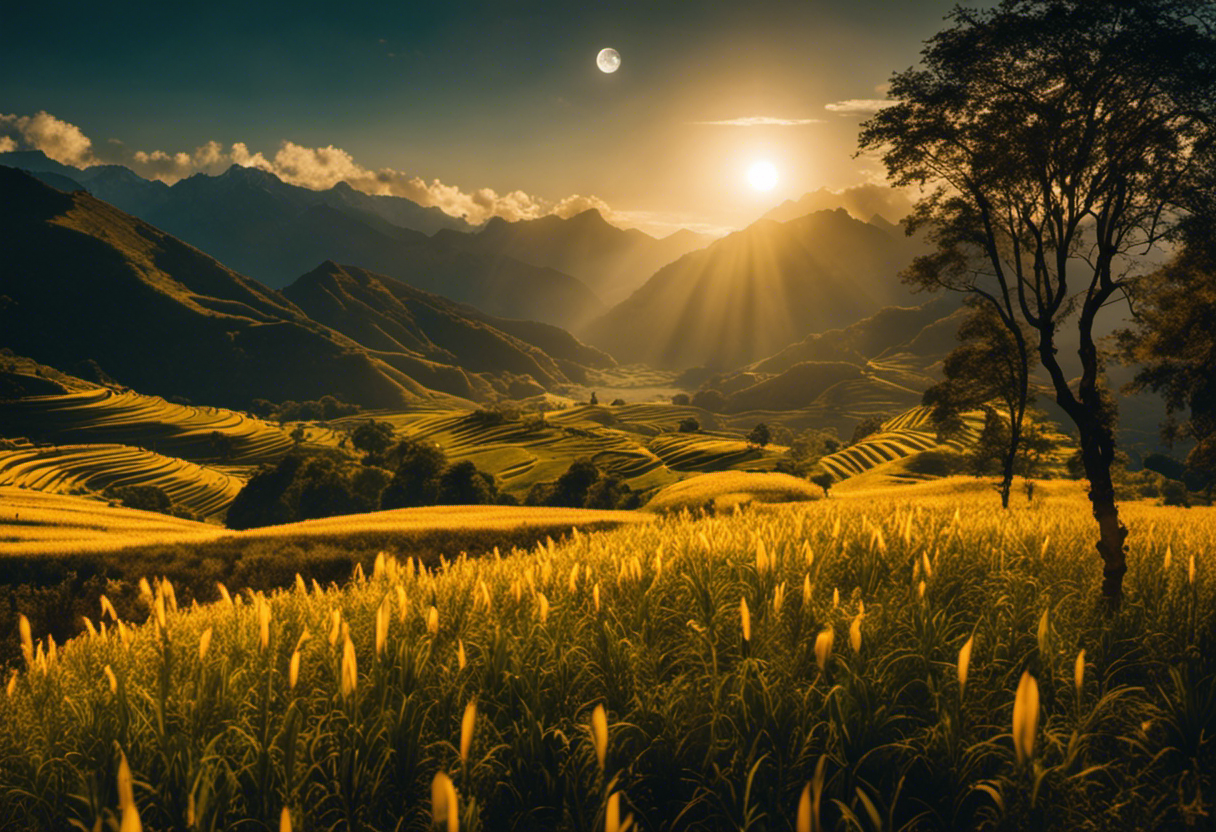

Regularly, the Inca calendar incorporated both solar and lunar cycles to accurately track time and align agricultural activities with celestial events. The Inca people were keen observers of the sky and understood the importance of these cycles in their daily lives. Here are three key aspects of the solar and lunar cycles in the Inca calendar:
- Solar Cycle: The Inca calendar followed the solar cycle, which is based on the length of the Earth’s revolution around the Sun. They divided the year into twelve months, each corresponding to a specific agricultural activity. The solstices and equinoxes held great significance, marking the changing seasons and guiding planting and harvesting schedules.
- Lunar Cycle: The Inca calendar also incorporated the lunar cycle, which is based on the Moon’s phases. They recognized the importance of the Moon in determining the timing of religious ceremonies and agricultural practices. The lunar months were divided into two halves, with the first half corresponding to the waxing moon and the second half to the waning moon.
- Celestial Observations: The Inca people relied on celestial observations to track the solar and lunar cycles. They built observatories and used sophisticated astronomical knowledge to predict celestial events such as eclipses. These observations helped them refine their calendar system and maintain a harmonious relationship with the natural world.
The Role of Astronomy in Inca Timekeeping


Additionally, astronomy played a crucial role in Inca timekeeping, allowing them to accurately track celestial events and align their calendar with the movements of the stars and planets. The Incas were keen observers of the sky and relied heavily on astronomical observations to determine the passing of time. They believed that celestial alignments and movements were closely linked to the earthly events and seasons. By carefully studying the stars, the Incas were able to establish a calendar system that was in harmony with the celestial bodies.
One of the key astronomical observations made by the Incas was the alignment of the sun and the stars. They noticed that certain stars would appear in the same position in the sky alongside the rising or setting sun during specific times of the year. This allowed them to establish reference points for marking important dates and agricultural events. For example, the alignment of the Pleiades with the rising sun marked the beginning of the agricultural cycle, signaling the time to plant crops.
The Incas also tracked the movements of the planets, particularly Venus. They believed that Venus was an important celestial deity and its movements had significant implications for their society. The Incas carefully observed the cycles of Venus and incorporated them into their calendar system. They believed that the position of Venus in the sky influenced matters of the state, such as the appointment of rulers and the timing of important ceremonies.
Festivals and Rituals in the Inca Calendar
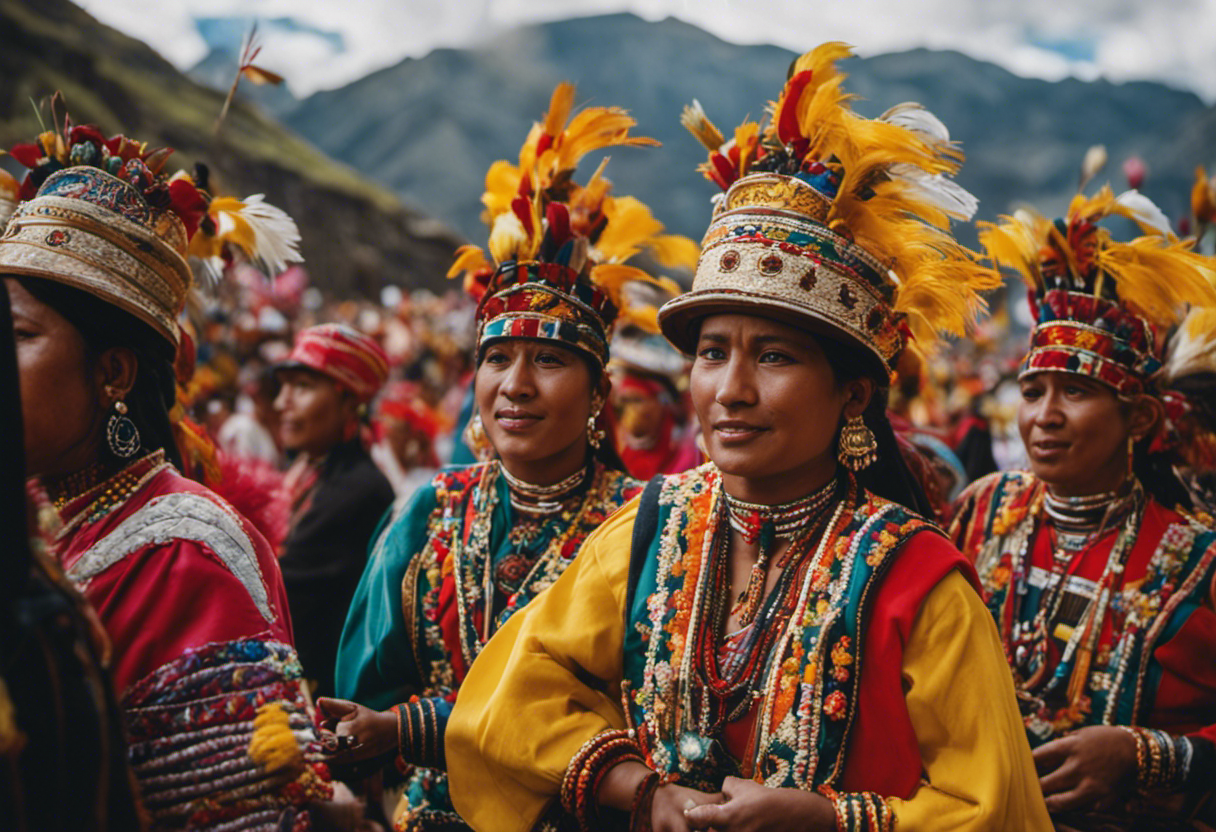

One of the most significant aspects of the Inca calendar was the numerous festivals and rituals that were observed throughout the year. These events held great cultural significance and were celebrated by the entire community, reinforcing social cohesion and reinforcing the Inca’s religious beliefs.
- Inti Raymi: The most important festival in the Inca calendar, Inti Raymi, celebrated the winter solstice and honored the Sun God, Inti. It involved elaborate ceremonies, including sacrifices and offerings, to ensure a good harvest and the prosperity of the empire.
- Capac Raymi: This festival marked the beginning of the agricultural year and was dedicated to Pachamama, the Earth Mother. It involved rituals of gratitude and offerings to ensure fertility and abundance for the crops.
- Qhapaq Raymi: This festival celebrated the Inca’s military prowess and honored their ancestors. It included military parades, reenactments of battles, and offerings to the mummies of deceased Inca rulers.
These festivals and rituals were not only religious but also served as important opportunities for the community to come together, strengthen their bonds, and reaffirm their cultural identity. They provided a sense of continuity and belonging, ensuring the well-being and prosperity of the empire.
The Inca Calendar and Agricultural Practices
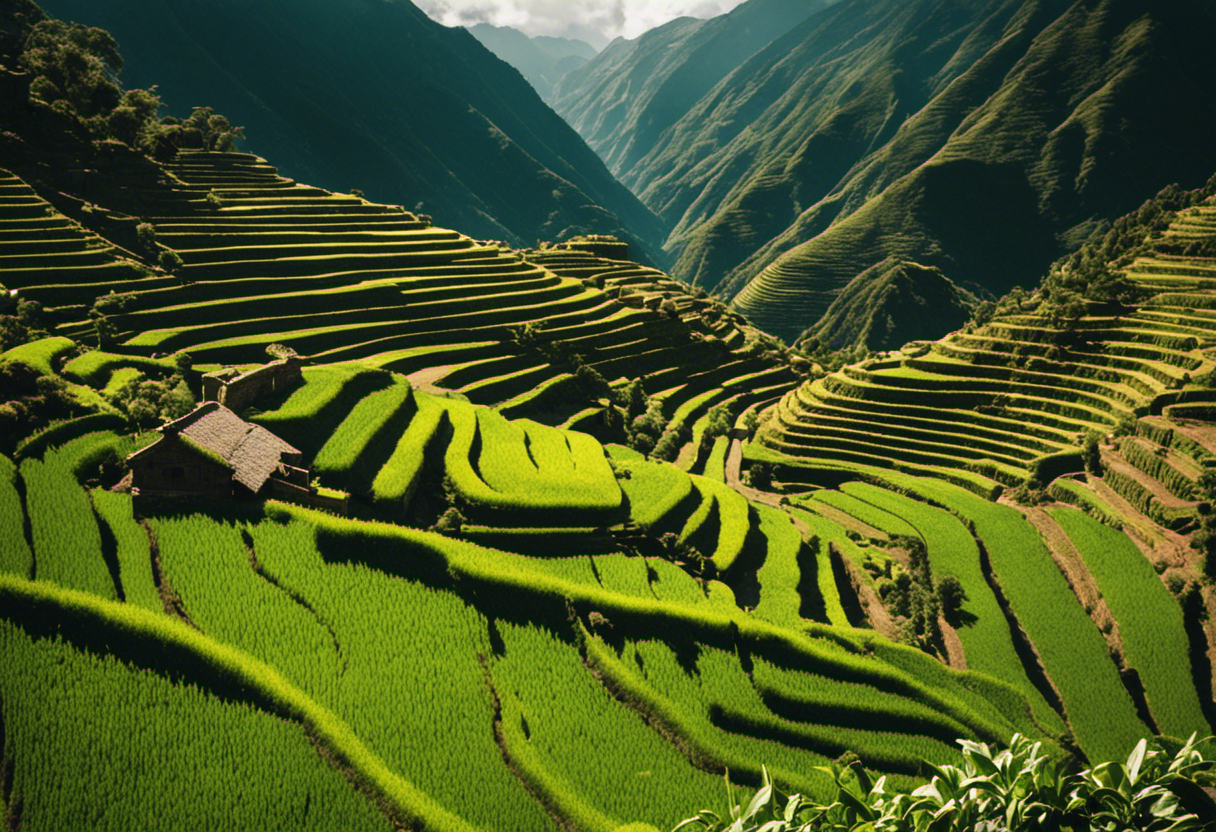

Interestingly, the Inca calendar was closely intertwined with their agricultural practices, demonstrating the importance of agriculture in their society. The Inca people were highly skilled in crop cultivation and relied heavily on the success of their agricultural practices for sustenance. The calendar played a crucial role in guiding their farming activities and ensuring the proper timing of planting, harvesting, and other agricultural tasks.
The Inca calendar consisted of two main cycles – the solar year and the agricultural year. The solar year was divided into twelve months, with each month having thirty days. This helped the Inca people keep track of the changing seasons and plan their agricultural activities accordingly. The agricultural year, on the other hand, was divided into two seasons – the wet season and the dry season. These seasons were further divided into smaller periods based on the movement of celestial bodies and other natural phenomena.
The Inca people believed that the success of their crops was closely connected to the alignment of the stars and the movements of the celestial bodies. Therefore, they carefully observed these astronomical events and incorporated them into their agricultural practices. For example, they would plant specific crops during certain celestial alignments or perform rituals to ensure a bountiful harvest.
Timekeeping Tools and Techniques of the Inca
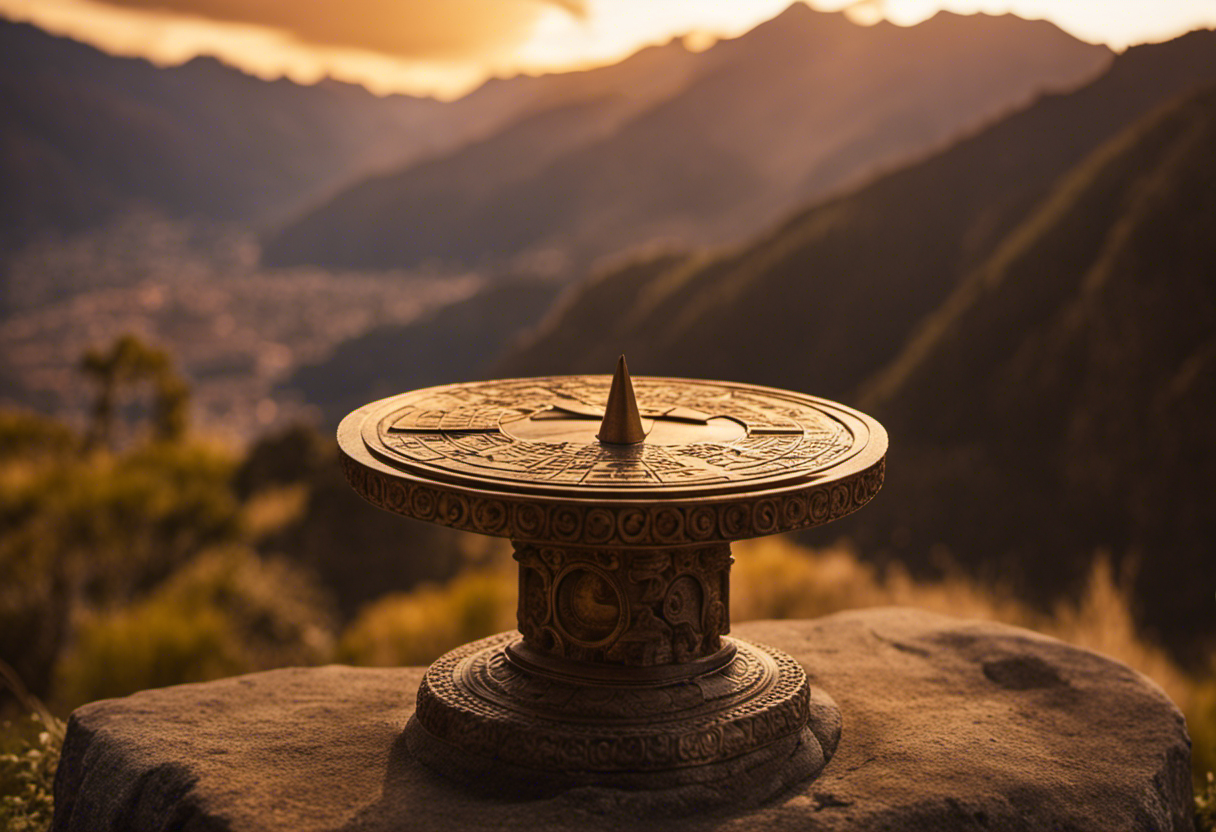

Periodically, the Inca used various timekeeping tools and techniques to track the movements of celestial bodies and measure the passage of time. Their sophisticated understanding of astronomy allowed them to develop accurate timekeeping methods, which were crucial for their agricultural practices and religious ceremonies.
Some of the timekeeping tools and techniques employed by the Inca included:
- Inti Watana: This was a stone monument that served as an astronomical observatory. It was used to track the movement of the sun throughout the year and determine the solstices and equinoxes.
- Quipu: This was a system of knotted strings used for record-keeping, but it also had a timekeeping function. The Inca would tie knots in different positions and colors to represent different celestial events and their corresponding dates.
- Observatories: The Inca built a network of observatories across their empire to observe and study the movements of the stars and planets. These observatories were strategically located to provide clear views of the night sky.
Through these timekeeping tools and techniques, the Inca were able to closely monitor celestial observations, which allowed them to accurately determine the timing of important agricultural activities and religious rituals. This knowledge was crucial for the Inca civilization to thrive and maintain their societal order.
Conclusion
In conclusion, the Inca calendar was a complex and sophisticated system that relied on the movements of the sun, moon, and stars to track time and organize their society.
It served as a foundation for agricultural practices, religious festivals, and societal rituals.
Like a celestial orchestra, the Inca calendar harmoniously intertwined the celestial bodies to guide the daily lives of the Inca people, connecting them to the rhythms of nature and the cosmos.

